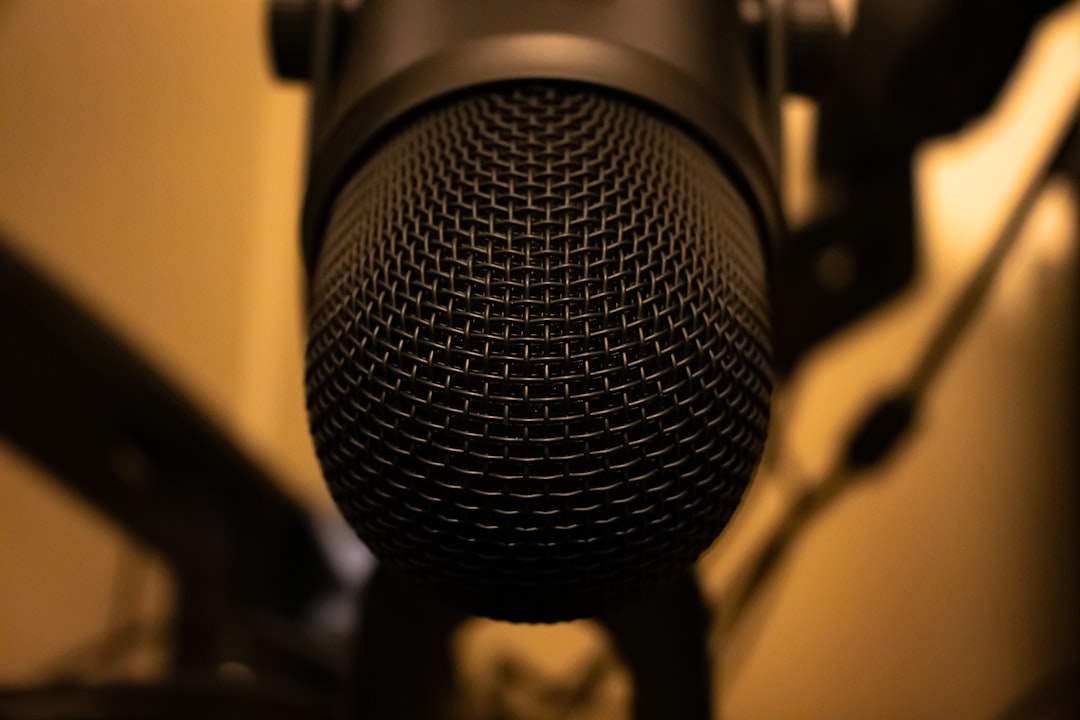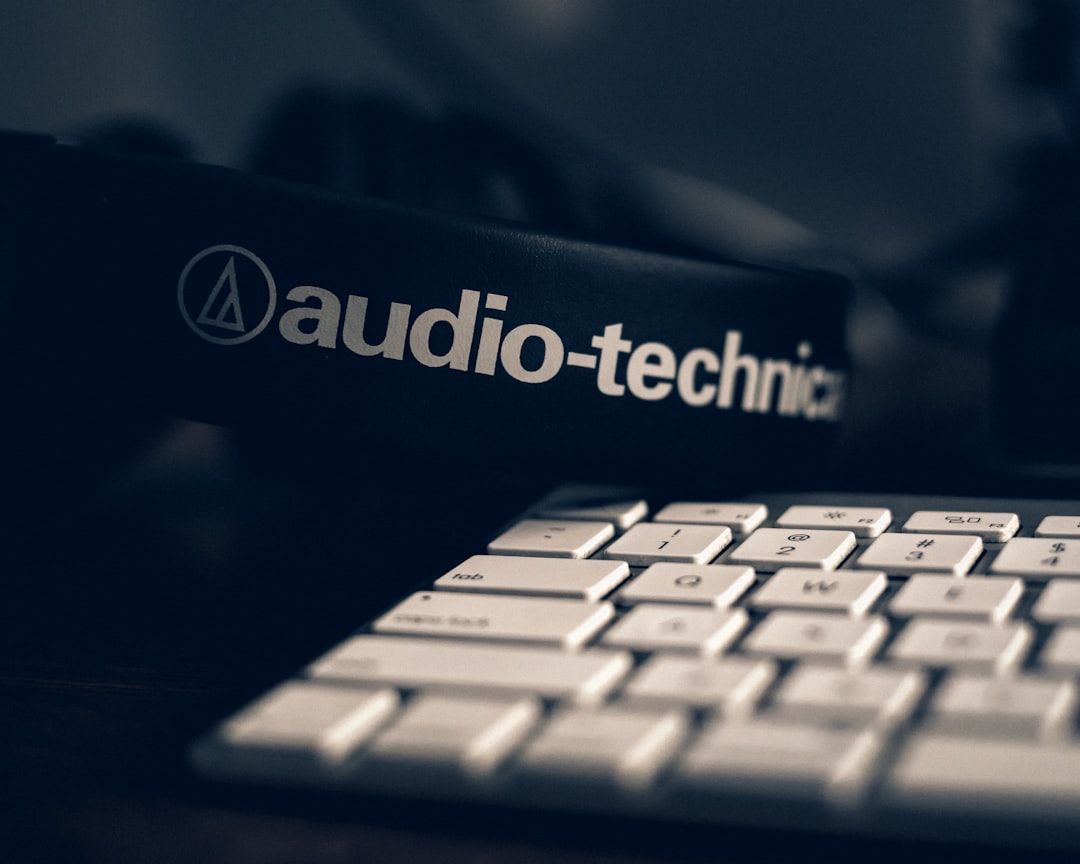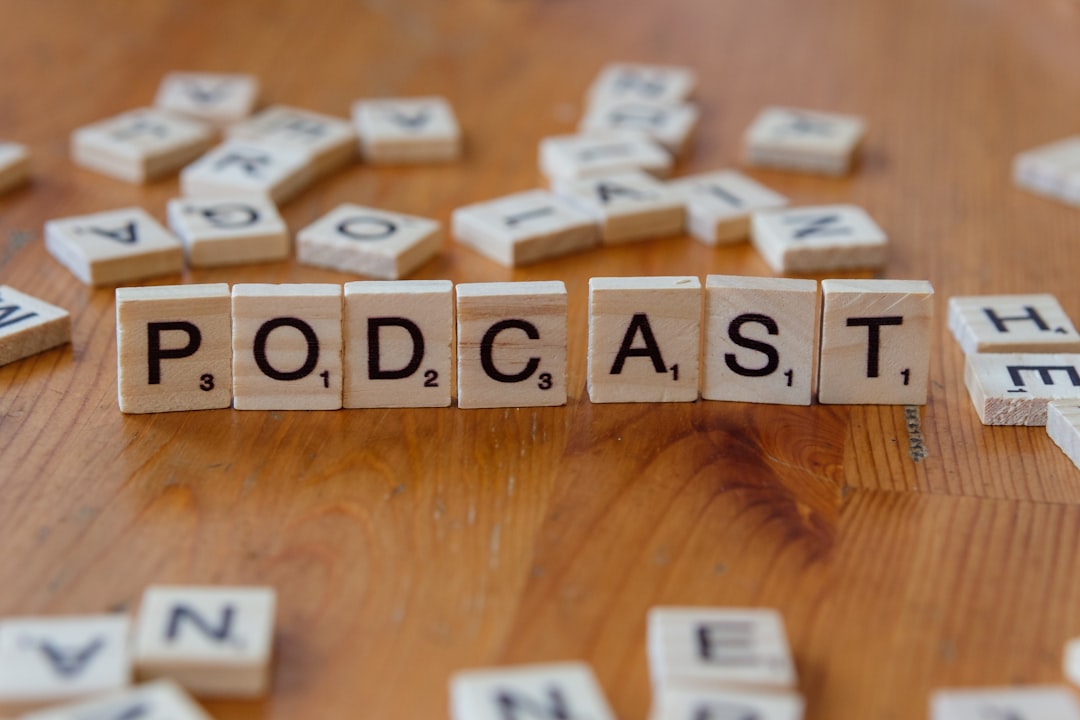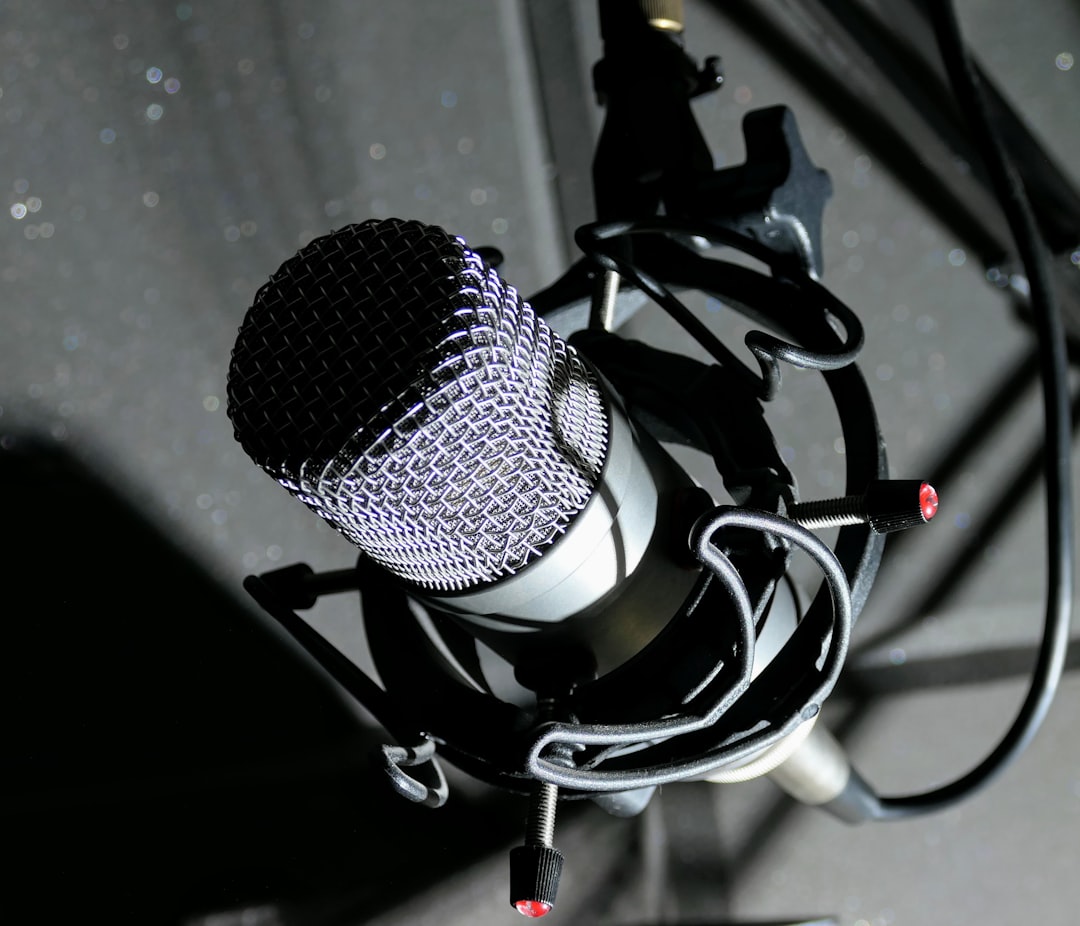Podcasting has grown into a major medium for sharing content, stories, interviews, and discussions. With millions of episodes streamed every day, ensuring a great listening experience is essential. One of the critical elements that influences listener satisfaction, yet is often overlooked, is loudness. If a podcast is too quiet, listeners will struggle to hear; if it’s too loud, it might distort — especially on lower-quality speakers. Inconsistent levels between episodes or segments can drive listeners away. So, how loud should a podcast be when encoded in MP3? That brings us to the concept of MP3 loudness targets for podcasts.
Why Loudness Matters in Podcast Production
Loudness isn’t just about volume. In audio engineering, it refers to the perceived level of sound, not just its amplitude on a waveform. Human ears don’t perceive all sounds equally, and podcast listeners often use a range of devices — from earbuds and car stereos to smart speakers and phones.
If a listener finds themselves constantly adjusting the volume across different episodes, they might lose patience. Consistent loudness enhances the user experience and gives podcasts a more professional polish. Correct loudness levels also ensure more uniformity when inserted into platforms alongside other content, such as ads or promotional spots.
Understanding LUFS and Loudness Measurement
The primary standard for measuring loudness is LUFS (Loudness Units relative to Full Scale). This metric represents perceived loudness over time and is used extensively in television and radio broadcasts, as well as streaming platforms. LUFS has effectively replaced traditional methods like peak and RMS levels when it comes to perceived volume.
- Integrated LUFS: Measures the average loudness over the full length of audio.
- Short-term LUFS: Reflects loudness over a 3-second window, helpful for identifying fluctuations.
- Momentary LUFS: Measures loudness instantly, over a 400ms window.
For podcasts, the integrated LUFS value is the most critical because it determines how loud an entire episode will feel to the listener.
Common Loudness Targets for Podcasts
There’s no single universal standard, but many experts and platforms agree on a few commonly used targets when it comes to setting loudness for podcasts. These recommendations account for listener habits and playback devices.
Here are the most widely accepted loudness targets:
- -16 LUFS for stereo podcast MP3s
- -19 LUFS for mono podcast MP3s
These targets aim to strike a balance between clarity, dynamic range, and consistency. Mono files generally get a lower target since they tend to sound louder at the same dB level due to the nature of audio summing.

Sticking to these loudness levels will reduce listener complaints and increase your show’s professionalism. Many podcast hosting platforms, such as Libsyn and Anchor, will preserve your levels if you supply high-quality, leveled files. Others may re-encode, which is another good reason to start with proper loudness settings.
File Format: Why MP3 Loudness Can Be Tricky
MP3 is a compressed audio format that conveniently reduces file size. However, that compression can affect perceived loudness — especially when paired with certain bitrates or encoding settings.
Using a bitrate of 128 kbps or higher for stereo and 64 kbps for mono is recommended to preserve sufficient audio quality while keeping file sizes manageable. Lower bitrates may introduce artifacts that can distort vocals or music, making loudness even harder to control.
In MP3s, perceived loudness can also be affected by codec behavior. Some encoders may alter the amplitude slightly during export. This is why it’s critical to perform your loudness normalization before encoding and then double-check levels afterward with a dedicated tool.
Tools for Measuring and Normalizing Loudness
To meet loudness targets, you’ll need the right tools in your audio production workflow. Fortunately, there’s a wide range of both free and professional-grade software designed to analyze and adjust LUFS.
Here are a few popular tools used by podcast editors and engineers:
- Auphonic – Cloud-based audio processing tool that automatically levels and sets loudness to desired LUFS targets. Great for those who don’t want to dive into technical audio editing.
- iZotope RX – Industry-standard suite for audio repair and mastering. Includes metering that shows LUFS in real time.
- Adobe Audition – Contains a Loudness Radar and Match Loudness feature to normalize content to set LUFS levels.
- Audacity + Plugins – Free DAW that can handle loudness adjustments with the help of optional plugins like Loudness Normalizer or ffmpeg + loudnorm filter.
It’s also useful to run real-time LUFS analysis inside your DAW to monitor the levels during editing and mixing. This helps ensure that your dialogue, music, and sound effects all stay within acceptable boundaries without harsh jumps.

Dynamic Range and Compression
One of the common mistakes in pursuit of accurate loudness is over-compressing the audio. While compression is useful for reducing volume disparity between speakers and ambient sounds, applying too much can lead to an unnatural, flat-sounding podcast.
A healthy dynamic range keeps the audio engaging. Well-mastered podcasts gently compress voices to bring clarity, but they still preserve enough dynamics for an energetic and natural sound. The key is to balance clarity with character.
Here’s a simple strategy:
- Use a light to medium compressor on voice tracks (3:1 to 4:1 ratio)
- Set the threshold to catch loud peaks without squashing normal speech
- Apply limiting at the end of the chain to catch final peaks and ensure true peaks stay below -1.0 dBTP
By controlling peaks and normalizing loudness via LUFS, you ensure consistency without dulling your podcast’s energy.
Platform Standards and Recommendations
Various podcast platforms and directories — including Apple Podcasts, Spotify, and Google Podcasts — do not currently enforce loudness targets. However, they expect high-quality, listener-friendly audio. Loudness normalization is standard on some platforms (like Spotify for music), but there’s no guarantee your podcast audio will be adjusted after upload.
The safest option is to normalize your podcast before submission. Aim for the previously mentioned LUFS targets and make sure your file meets industry mastering specs:
- Bitrate: 128 kbps or higher for stereo, 64 kbps for mono
- Sample rate: 44.1 kHz
- File format: MP3 using constant bit rate (CBR) encoding
- True Peak: Keep under -1.0 dBTP to avoid clipping
Final Thoughts: Keep it Consistent
Whether you’re a beginner recording episodes at your desk or an experienced podcaster producing studio-quality content, loudness consistency is key to listener retention. Following standardized loudness targets and checking your audio files before publishing will pay off huge in audience satisfaction.
Noticeably uneven levels between segments or episodes make your podcast feel less credible, no matter how good the content. By prioritizing proper LUFS targets, you build a better experience — and your audience will thank you for it.

In the end, great sound is a matter of care and preparation. While loudness targets like -16 LUFS for stereo MP3s might seem technical, they are simply a tool to help you reach your audience more effectively. Use them wisely, and your podcast will sound just as sharp and polished as anything on the airwaves.
